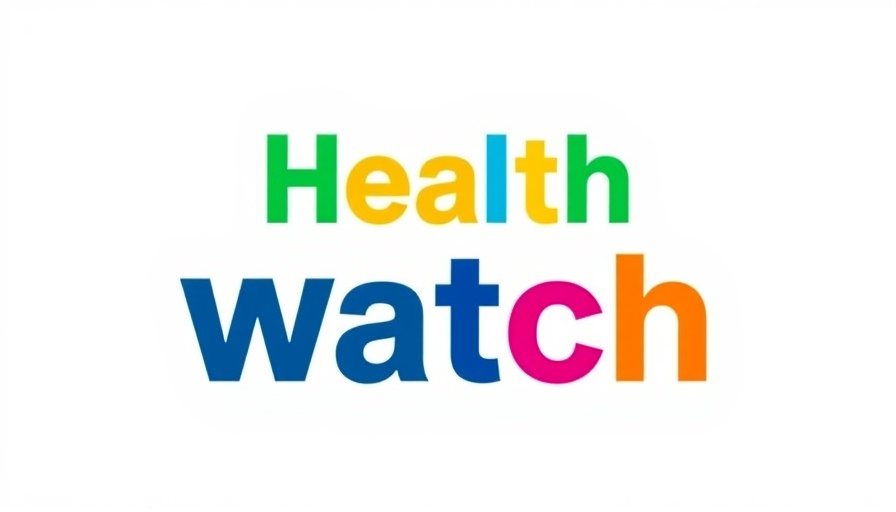
Revisiting the Ice Bucket Challenge: A Sound Strategy for Awareness
In 2014, a viral sensation swept across social media platforms, where ice-cold water was dumped over heads in rapid succession: the Ice Bucket Challenge. Initially organized to raise funds and awareness for Amyotrophic Lateral Sclerosis (ALS), the campaign saw participants from all walks of life, including celebrities and politicians, join in the fun. The challenge raised over $115 million for research purposes and significantly increased awareness of the disease, illustrating the substantial impact of innovative fundraising techniques.
Understanding the Challenge's Success
The Ice Bucket Challenge didn’t only raise funds; it also sparked conversations about ALS, a neurodegenerative disease affecting thousands of individuals and their families. One crucial takeaway from this initiative was its ability to blend entertainment with a serious cause—creating a message that resonated with many. Factors that fueled its success included:
- Accessibility: The challenge required minimal resources; all it needed was a bucket of water and willing participants.
- Social Media Shareability: The avenue of social media facilitated widespread participation, generating millions of shares and discussions.
- Community Engagement: The challenge fostered a sense of community, encouraging individuals to nominate friends and family to join them.
Learning from Past Successes: Could We Do It Again?
Reflecting on the success of the Ice Bucket Challenge, the question arises: could similar strategies be applied to raise awareness for other critical issues? As we look ahead, several causes might benefit from engaging campaigns:
- Mental Health Awareness: Given the growing conversations around mental wellness, a viral challenge could encourage discussions about mental health.
- Environmental Issues: The urgency of climate change and pollution needs innovative approaches to motivate collective action.
- Healthcare Initiatives: Engaging communities in fun and relatable ways can rally support for various health concerns, much like ALS.
Creating a Meaningful Impact on Community Health
With its unique approach, the Ice Bucket Challenge not only transformed the way we think about fundraising but also emphasized the role of collective action in battling societal challenges. In light of recent public health issues, infectious disease awareness, or campaigns focused on well-being, it becomes imperative to consider how innovative and engaging methods can lead to greater awareness and support.
Future Predictions: Social Media’s Evolving Role in Advocacy
Social media platforms continue to be powerful tools for advocacy and awareness. As algorithms evolve, they still serve as cornerstones for how information spreads. Expect to see collaborations where influencers play key roles in awareness campaigns, creating waves of support like the Ice Bucket Challenge.
Your Role: How You Can Contribute to Awareness
Whether through sharing, participating in challenges, or simply engaging in conversations, everyone can contribute to raising awareness for essential issues. It’s crucial to take the lessons from previous campaigns—creativity, simplicity, and community involvement—when approaching future endeavors.
As we navigate a world filled with social and health-related challenges, reflective campaigns like the Ice Bucket Challenge remind us of the power each individual holds to enact change. When innovative ideas meet the willingness to spread awareness, remarkable transformations can happen.
 Add Row
Add Row  Add
Add 




Write A Comment